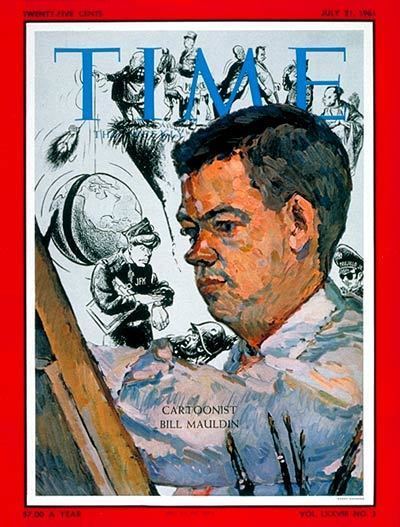
(Public Domain)īy 1944, six Mauldin cartoons were published weekly and, because the cartoons featured the average soldiers’ daily rigors, they were relatable. I’m gonna be a perfessor on types o’ European soil.” First published in Stars and Stripes (Mediterranean edition), Oct. The Library of Congress noted, “Bill mostly worked at night, until the wee hours, on drawings made from innumerable sketches made up front with the combat troops.” Bill Maulden’s cartoon: “Me future is settled, Willie.

He traveled regularly by jeep to observe and sketch soldiers. Mauldin’s cartoon following increased after 1943 and his involvement in the Italian campaign.

The National WWII Museum, New Orleans, Louisiana, expresses to visitors regarding Mauldin: “Although surrounded by the brutality of battle, his main characters, Willie and Joe, reflected the inextinguishable spirit of America’s citizen soldiers who overcame the hardships of war with resilient humor.” So, when an opportunity opened up for him to illustrate for military newspapers, including Stars and Stripes, he landed it.įairly quickly into his service, Mauldin established the cartoon characters Willie and Joe, and these quirky, often haggard infantrymen, sketched in pen and ink, became the recognizable visual images of the World War II era. Among the highlights and horrors of the World War II experience, Bill Mauldin’s cartoons are remembered by many.Īt 19, when the New Mexico native joined the Army in 1940 as a rifleman in the 180th Infantry Regiment, Mauldin was already leaning toward a career as an illustrator, having studied political cartooning at the Chicago Academy of Fine Art s. At least a half dozen wars have occurred since Japan surrendered in 1945, but some surviving veterans recall details as if they happened yesterday. Increasingly, awareness heightens that few of the 16 million who served during World War II are still living.

Bill Mauldin once said, “Humor is really laughing off a hurt, grinning at misery.”


 0 kommentar(er)
0 kommentar(er)
